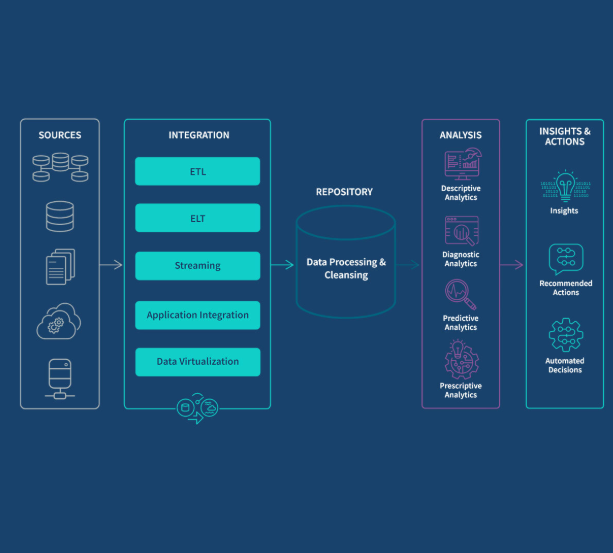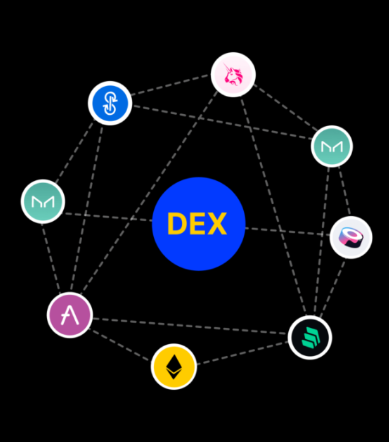
As businesses across industries accelerate their digital transformation, the demand for skilled software developers continues to outpace supply. Whether you’re building a mobile app, enterprise software, or AI-powered platform, understanding the cost variables of hiring remote developers is crucial for budgeting and project success.
Key Hiring Models and Their Cost Implications
Companies today have three primary options for acquiring development talent:
- Freelance Developers
Ideal for short-term projects or specialized tasks, freelancers offer flexibility but require careful vetting. Rates typically range from $25-$150/hour depending on expertise and location. - In-House Teams
Full-time employees provide stability for ongoing projects but come with additional costs – salaries ($70k-$160k annually in the U.S.), benefits, equipment, and office space. - Outsourced Development Teams
Offshore and nearshore partners deliver cost efficiencies ($30-$100/hour) while providing access to specialized talent pools. This model works well for companies needing full-service development capabilities.
5 Critical Factors Affecting Development Costs
- Technical Complexity
A simple MVP costs significantly less than a scalable enterprise system with advanced features like machine learning or real-time data processing. - Developer Seniority
Junior developers may charge lower rates but often require more oversight, while senior engineers solve complex problems faster despite higher hourly costs. - Geographic Location
Developer rates vary dramatically by region:- North America: $80-$200/hour
- Western Europe: $50-$120/hour
- Eastern Europe: $30-$80/hour
- Asia: $20-$50/hour
- Technology Stack
Niche technologies (Blockchain, AI/ML) command premium rates compared to more common stacks like JavaScript or Python. - Project Duration
Long-term engagements often qualify for discounted rates, while rush projects may incur premium charges.
Smart Hiring Strategies to Control Costs
- Conduct Technical Assessments
Implement coding tests and portfolio reviews to verify skills before hiring. - Embrace Agile Development
Break projects into sprints to maintain budget control and adjust priorities as needed. - Define Clear Requirements
Detailed project specifications prevent costly scope creep and rework. - Consider Hybrid Teams
Combine in-house leadership with offshore development for optimal cost/quality balance. - Prioritize Communication
Invest in collaboration tools and processes to minimize misunderstandings that lead to delays.
Essential Questions to Ask Potential Developers
When evaluating candidates or agencies, these questions help assess capabilities:
- Can you walk us through a similar project you’ve completed?
- How do you approach testing and quality assurance?
- What’s your process for handling changing requirements?
- How do you stay current with technology trends?
- Can you provide references from past clients?
Making the Right Choice for Your Business
The most cost-effective hiring decision depends on your specific needs. Early-stage startups often benefit from freelance talent, while growing companies may prefer outsourced teams. Enterprises with ongoing development needs typically build in-house capabilities supplemented by external partners.
By understanding these cost drivers and hiring strategically, businesses can access top technical talent while maintaining budget control – ensuring their software projects deliver maximum value.
















































